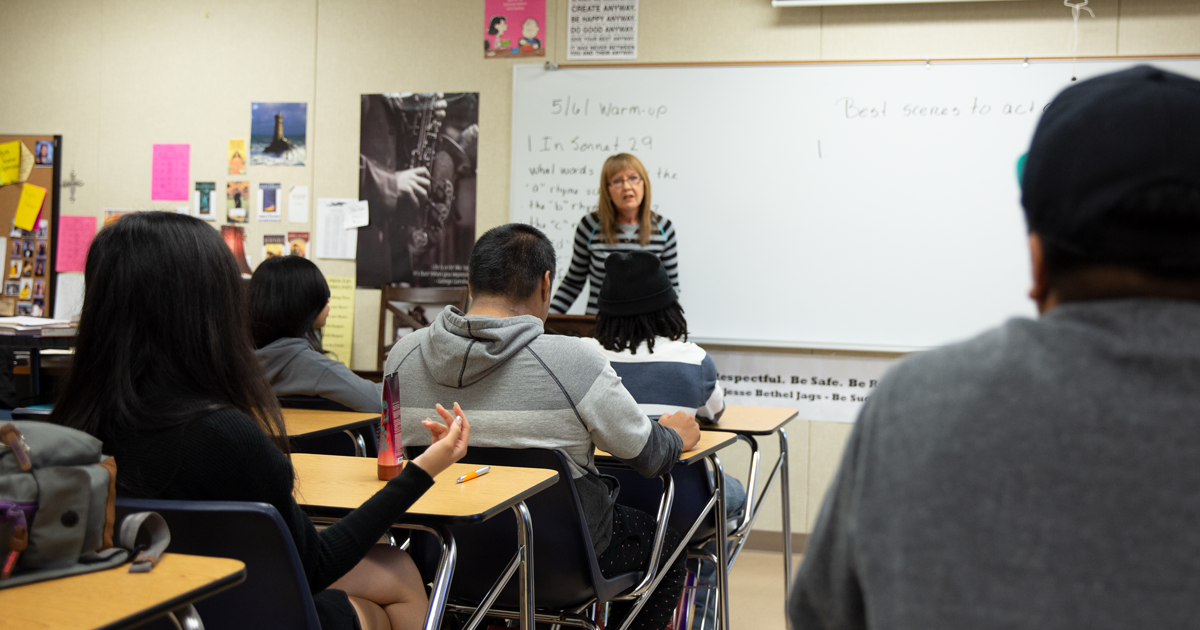Spotlight: Ensuring the Success of Students with Disabilities Through the Pandemic
Posted on

Many students with disabilities and their families continue to be disproportionately impacted by the pandemic.
WestEd collaborates with educators at every level on the common goal of ensuring students with disabilities have equitable access to high-quality education and the services they need for success during the pandemic and beyond.
The three resources highlighted in this Spotlight offer concrete guidance for school and district administrators, and useful tips for teachers, teacher educators, and communities of practice.
Overseeing Distance Learning for Students with Disabilities
This brief offers concrete guidance for administrators at both the school and district level who are responsible for managing distance learning for students with disabilities. The brief identifies five critical questions administrators need to consider when building an effective plan.
1) What professional learning or support do teachers (general and special education) need to be able to provide support for students with disabilities?
2) How will general education and special education teachers continue to collaborate for students with disabilities in general education classes that are now happening remotely?
3) How can paraprofessionals be utilized to support teachers, students, and families?
4) How will school nurses and related services personnel support students who are medically fragile?
5) What are the legal requirements of Special Education and fulfilling individualized education programs (IEPs) when it comes to distance learning?
Download Considerations for District and School Administrators Overseeing Distance Learning for Students with Disabilities to learn more.
Applying HLPs to Common Barriers to Distance Learning
A recent resource from the Collaboration for Effective Educator Development, Accountability, and Reform and the National Center for Systemic Improvement (NCSI) at WestEd outlines how high-leverage practices (HLPs) can be employed to strengthen distance learning instruction for a diverse range of students. The resource identifies the following common barriers to success:
- Barrier 1: Struggling to keep students focused and engaged
- Barrier 2: Ensuring students feel connected and that their social and emotional needs are addressed
- Barrier 3: Helping students manage their workload and avoid being overwhelmed
- Barrier 4: Supporting students’ learning so they can process and retain new content
- Barrier 5: Addressing students’ wide range of skills and experiences using technology for learning
- Barrier 6: Facilitating family engagement
Download Removing Barriers to Effective Distance Learning by Applying the High-Leverage Practices: Tips and Tools to learn which HLPs to use for each barrier, plus tips and tools for implementation.
Pursuing Equitable Outcomes: Exploring the Intersection of Race and Disability in K-12 Education Webinar Series: Register Today
Date: February 16, 2021
Time: 3:30-5:00pm (Eastern) / 12:30-2:00pm (Pacific)
Join this webinar with the National Center for Systemic Improvement at WestEd to examine the ways that educators can engage and partner with students, families, and communities impacted by racial inequities. Learn how to identify problems and create and implement systemic solutions to ensure equitable learning conditions and outcomes for Black students with disabilities.
Learn about NCSI’s Thought Leadership Virtual Conversations and watch recordings of the first two webinars in the series.
We will highlight promising practices for equity and inclusion for students with disabilities all month long. Stay tuned for more resources and discussion in our E-Bulletin and on social media — Facebook, LinkedIn, and Twitter.
